18 fun facts about Jupiter
9th Sep 2023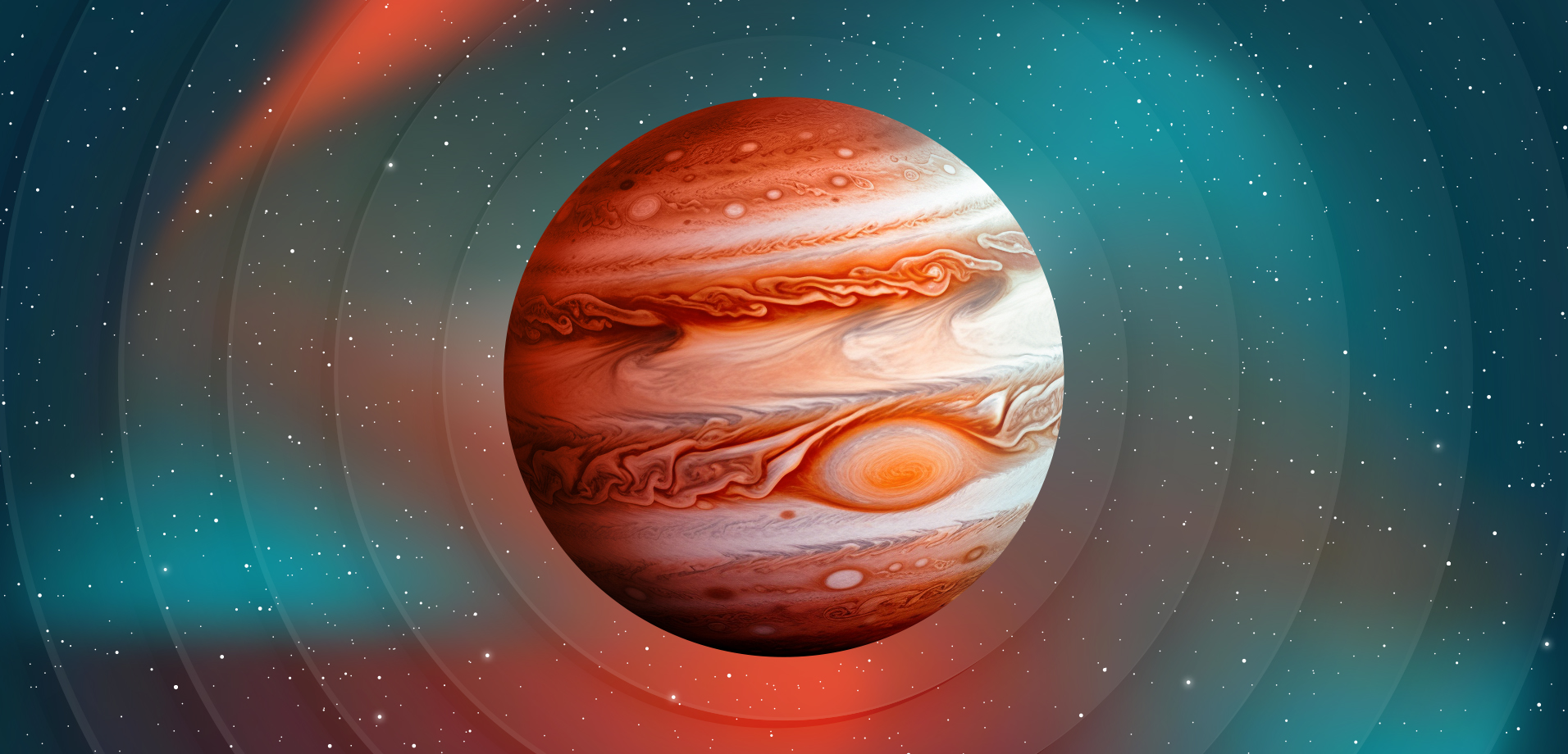
Jupiter influences us much more than we think. We are still not entirely sure how it was formed, but we see that it stands out from the rest with its physical parameters and the scale of atmospheric processes. These interesting facts about Jupiter will help you better understand its uniqueness.
What is the most famous thing about Jupiter?
Jupiter is the largest planet in the solar system. Its equatorial diameter is 11.209 times the diameter of the Earth and 0.103 times the diameter of the Sun. The mass of the planet is 318 times the mass of the Earth and 2.5 times the mass of all the other planets combined! Jupiter is a gas giant; it does not have a solid surface, and its main components are hydrogen and helium, just like most other stars. These are the main Jupiter planet fun facts!
Is there anything unique about Jupiter?
Yes, Jupiter is an incredibly unique and fascinating planet. Here are some of the key facts that make Jupiter stand out.
Moons
Jupiter is the leader in the number of satellites in our solar system. It has as many as 79 moons, and there may be more, but scientists have yet to discover them. Ganymede is its largest satellite and, in general, of all satellites. It is twice as massive as the Earth’s Moon and only 60% smaller than our planet in diameter.
Strong Magnetic field
Another curious fact is that the planet’s magnetic field is about twenty-thousand times more powerful than that of the Earth, and the aurora is active constantly at the poles. It’s amazing. And that’s not all weird facts about Jupiter.
Giant Red Spot
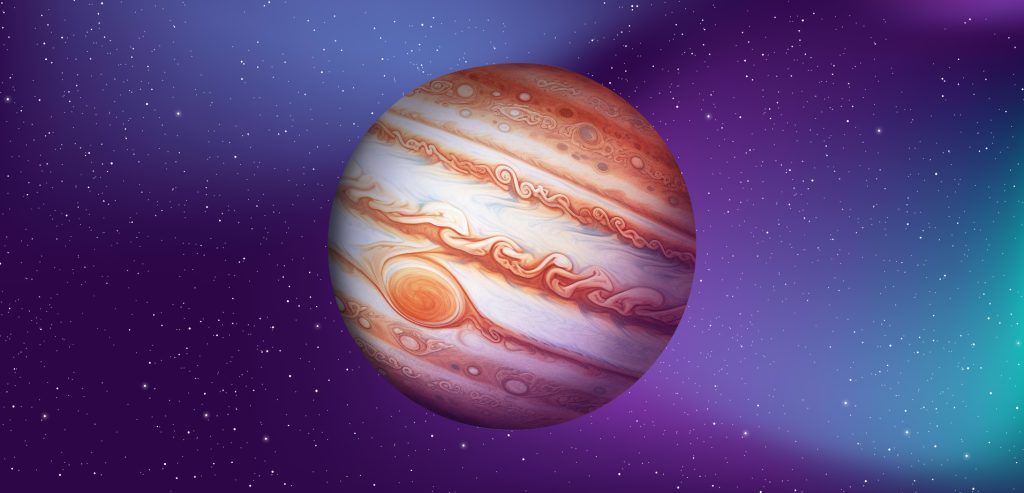
The spots we see on Jupiter’s surface are giant whirlwinds that can last for weeks, months, and even years. The most massive one is the Giant Red Spot which has been raging on the planet for at least 300 years. It is so large that several planets can fit inside it. The characteristic red colour of the storm is likely due to the presence of certain chemicals or compounds in Jupiter’s atmosphere. Surprisingly, over three hundred years of observations, it has barely moved or changed in shape and size, although scientists believe that the storm is gradually decreasing.
Hailstorms
Ammonia storms with hail rage in its atmosphere, and their strength simply cannot be compared with anything. Another curious fact is that these storms rage not only in the upper layers, although the amount of ammonia is less in the lower layers. At the North and South poles, chains of cyclones the size of a continent are circling! These powerful swirling storms are up to 30 miles high and hundreds of miles across.
A year lasts 12 Earth years
The length of the year on any planet depends on its orbital characteristics and distance from the Sun. Jupiter is the fifth planet from the Sun and is about 5.2 astronomical units (AU) from it (where 1 AU is the average distance between the Earth and the Sun).
So, to make one revolution around the Sun (or live one planetary year), it needs approximately 11.86 Earth years.
This fact is true for all planets: the farther a planet is from the Sun, the longer its year lasts. In this regard, Jupiter is far from being a champion. For example, a year on distant Neptune lasts about 165 Earth years, and on all planets of the terrestrial group, this time is much shorter than on Earth.
No seasons
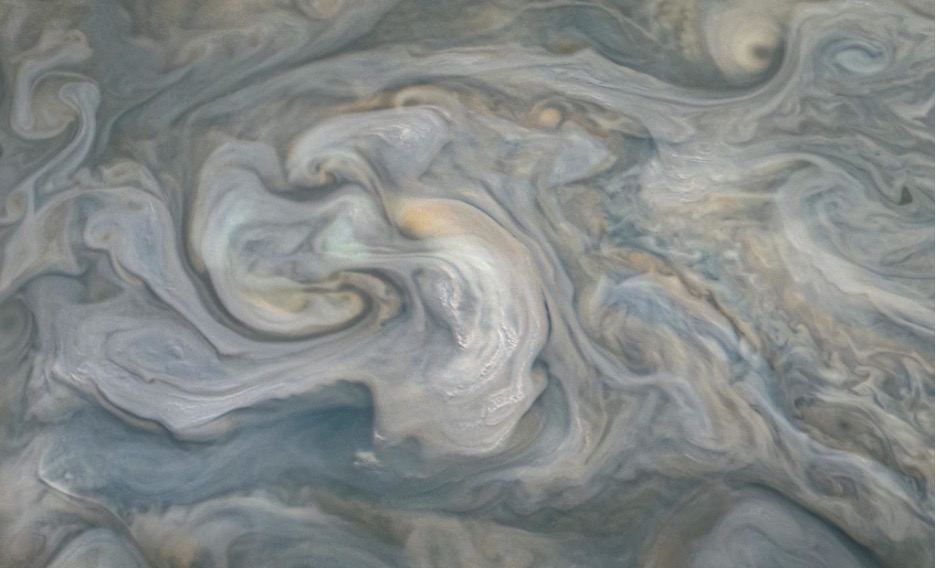
This is another one of the interesting facts about Jupiter planet. This happens because its tilt axis is almost perpendicular to its orbit around the Sun; there is also no solid surface to absorb heat, but there is a high internal thermal dispersion that greatly affects the temperature in different parts of the planet. It is one of the really amazing facts about Jupiter.
The fastest rotation
The massive gas giant is the fastest-rotating planet in our solar system. It completes a complete revolution around its axis in a little less than 10 hours, as a result of which the celestial body has a convex shape. Its equatorial radius is 7% greater than the polar one, and gravity at the equator is 2.6 times greater than gravity on Earth.
Complex cloud patterns
Jupiter’s atmosphere exhibits complex cloud patterns and bands of various colours. These bands are formed by powerful jet streams that divide the planet’s atmosphere into separate regions. They arise as a result of the high atmospheric turbulence, the interaction of chemical elements in its composition, as well as Jupiter’s hot core, which generates a large amount of heat, causing convection of atmospheric gases.
Moons where life can exist
Jupiter’s moon Europa is considered one of the most promising places to search for life. It is assumed that it has a subsurface ocean of liquid water in which life-suitable conditions may exist.
Impact on the asteroid belt
Jupiter’s strong gravitational pull plays a major role in the formation of the asteroid belt located between Mars and Jupiter. The gas giant’s gravity helps prevent asteroids from merging into one planet.
Many Visitors
Despite a sufficient distance from Earth (about 500 million miles), Jupiter is the second most-explored planet, after Mars. Since 1973, NASA and ESA have sent seven explorers to it, and two more missions are planned in the next few years.
How did Jupiter get its name?
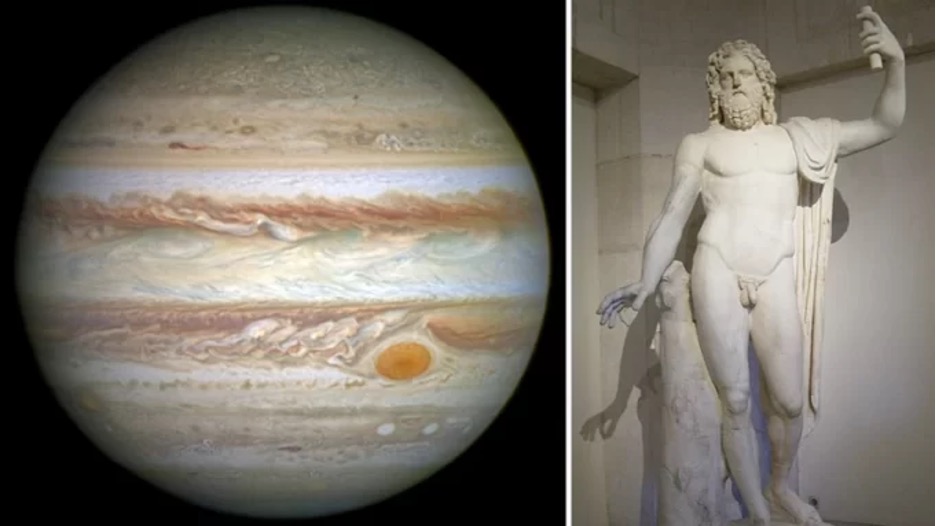
Jupiter has had its name since antiquity. The ancient Romans named this planet after their supreme god Jupiter, which corresponded to the ancient Greek god Zeus. In ancient Roman and Greek myths, Jupiter/Zeus was the powerful god of the sky and thunder, the supreme god of the Olympian pantheon. He was considered the patron of justice, laws, and family, as well as the protector of his people. The name “Jupiter” was chosen in honour of the greatness and power of the planet, as well as to reflect its important position in the solar system. Over time, this name has become generally accepted and has been made official. In modern science, Jupiter is inextricably linked to Galileo Galilei, who discovered the four largest satellites of the gas giant in 1610.
What is the nickname of Jupiter?
A gas giant is a classification of Jupiter as a space object. But the “King of the Planets” is its unofficial nickname. It is the largest, most massive, and brightest planet in the sky. Finally, it has a lot of satellites. That is, a large retinue, as befits a real king.
Astrologers also call it the Master of the Zodiac since it is attributed with the most astrological properties and influences.
Why is Jupiter the lucky planet?
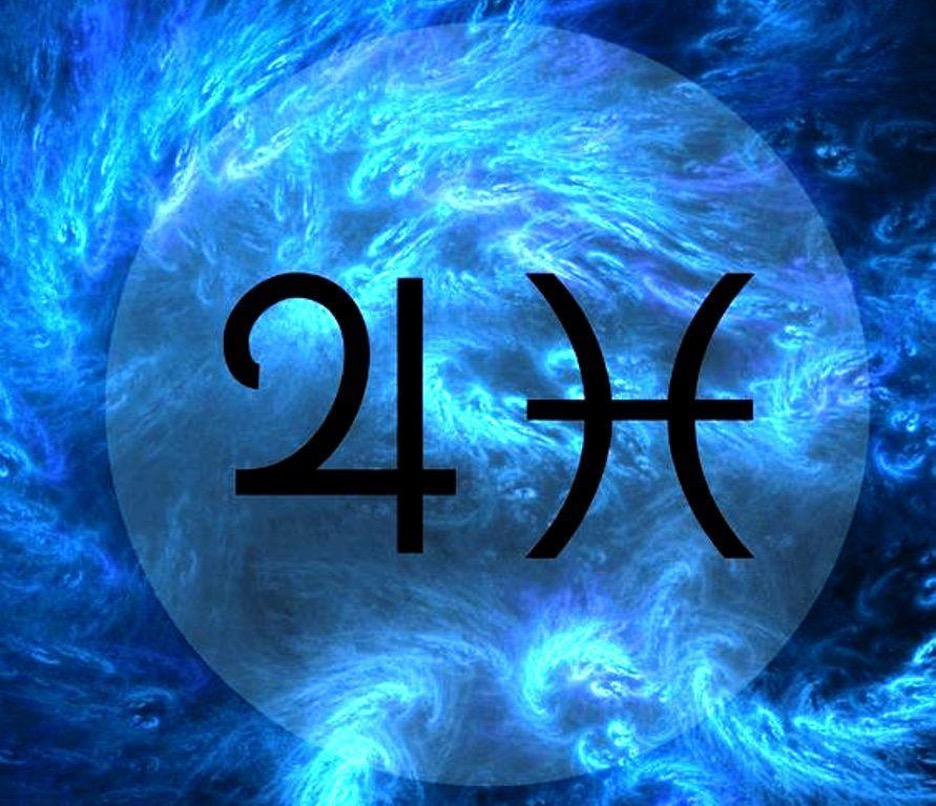
This title belongs to Jupiter, as in astrology, it is considered the planet of great happiness, good fortune, and growth. Religion, beliefs, morals, mores, learning — all this is controlled by Jupiter. As for the zodiac, it is the ruling planet of “Sagittarius” in addition to the standard ruler of “Pisces,” meaning that it brings good luck to people born under these signs.
It is believed that Jupiter can endow a person with health, wealth, a happy marriage, wonderful children, knowledge, a high position, power, and fame. In Vedic religion, it symbolizes the laws of dharma. This is the planet of expansion and growth. It magnifies everything it looks upon. And its favourable transits bring unexpected fulfilment of the most daring and cherished desires.
Why can’t Jupiter become a star?
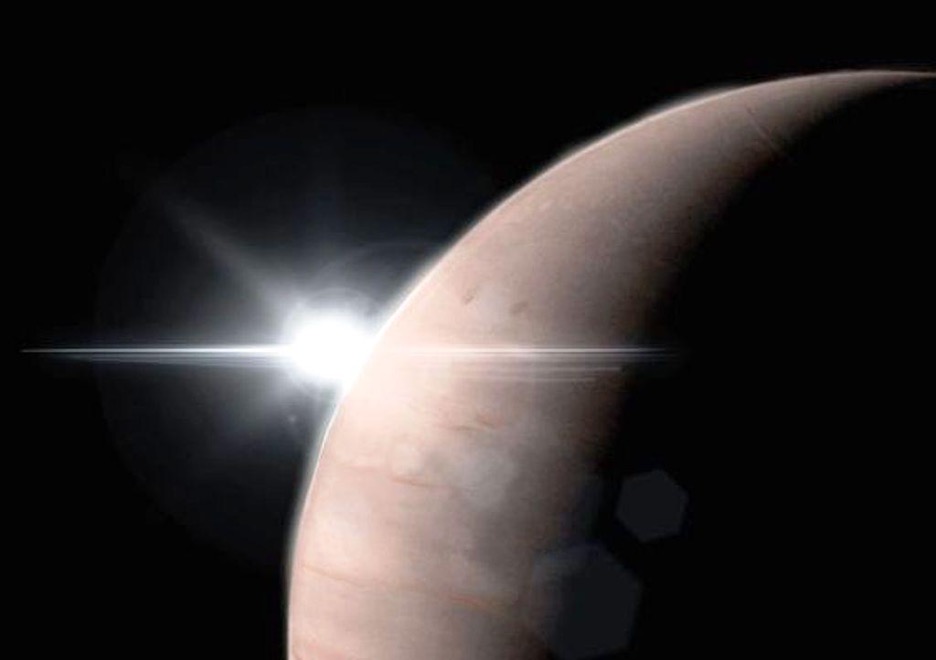
Very often (and for a good reason), Jupiter is called a “failed star”. It has almost everything a star would need. First and foremost, it is hydrogen and helium. But still, there is one significant drawback — its mass. If Jupiter were 80 times more massive, it could well become a star. By the way, here’s another Jupiter fun fact: scientists believe that its presence greatly influenced the development of the accretion disk of the Sun itself!
But it lacks the mass and heat needed to start fusing hydrogen atoms into helium. And since there are no conditions for thermonuclear fusion, it cannot flare up like a real star. However, it releases heat through gravitational collapse. Ultimately, this contraction in volume heats up the planet.
What if Jupiter never existed?
Jupiter is our reliable and caring protector. Its most powerful magnetic field captures most of the comets and asteroids arriving from the far corners of the Universe. And a collision with one of those could become a disaster for us. Scientists believe that it is Jupiter that eliminates more than half of our external threats. If it were not for this planet, our world might not be so beautiful and serene.
Moreover, modern scientists believe that Jupiter was directly involved in the formation of our planetary system. In any case, it had to influence the process. Thanks to Jupiter, many planets today remain in the same place where they were billions of years ago. And if not for Jupiter, who knows how many of them would be left in the solar system… Perhaps these are the most important and fun facts about Jupiter.
Final thoughts
For people, Jupiter was and remains an extremely important planet. In ancient times, it bore great religious and cultural significance, had many names, was at the centre of multiple myths and legends, and today, it helps scientists study the Universe. We hope that these fun facts about Jupiter have shed light on some of the Universe’s secrets for you.
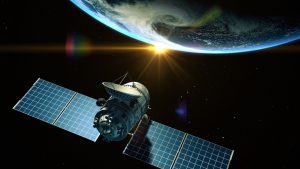



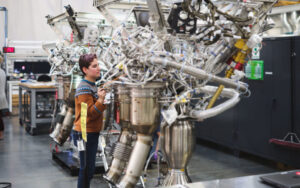

Thank you for your comment! It will be visible on the site after moderation.